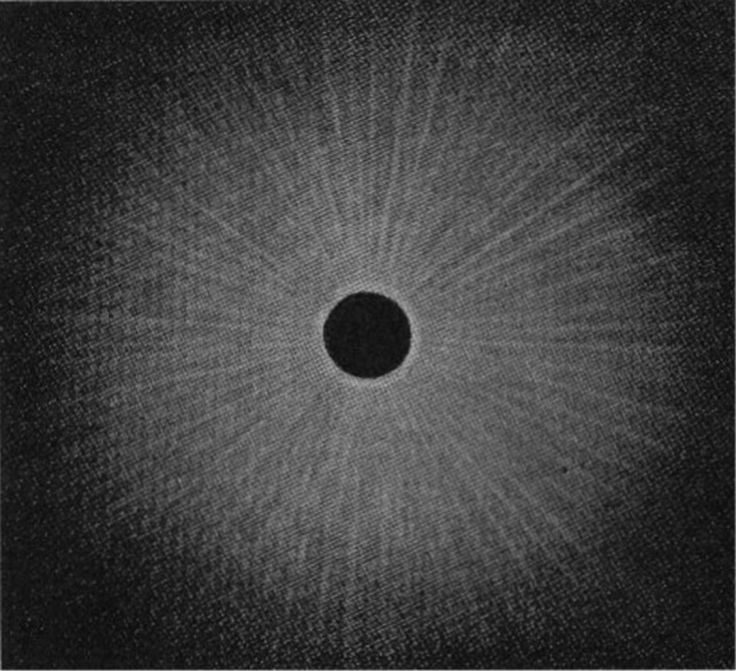Solar Eclipse Weather: What To Expect, Opportunity For Research

The sun influences every process on Earth including one of the most important ones, the weather we experience on a day to day basis. When the sun is blocked during Monday’s eclipse the Earth will suddenly be thrown into night-like conditions without the usual gradual process that occurs beforehand.
Scientists are eager to study how the total solar eclipse will impact weather and what it could mean for future research. Scientists from the University of Barcelona and the National Oceanic Atmospheric Administration will work together during the eclipse to study the way the eclipse changes weather.
They’ll use an experimental version of an instrument usually used to forecast the weather. This instrument is called the High-Resolution Rapid Refresh and it will be used as a short-term weather forecasting model. The goal is to predict the small changes in weather caused by the eclipse.

The information the HRRR will be working with will come from NOAA stations across the country that will collect valuable data during the eclipse including temperature, humidity, wind and clouds. This will allow the researchers to use the eclipse conditions against the constant of regular conditions that we experience on a daily basis. Instruments like the HRRR weren’t around during the last total solar eclipse in the United States in 1979 so this will bring a wealth of data for researchers.
If you’re in the path of totality during the eclipse there are a few changes in weather that have been recorded in the past that you could expect to experience. Some will be easier for you to notice than others, NASA is encouraging people across the country to record the data they take during the eclipse and submit it via an app. All of this data will be compiled to learn more about the eclipse.
Temperature is expected to change in the path of totality by five to fifteen degrees, or one half to three quarters of the typical difference between nighttime and daytime temperatures, according to NASA. This is a change viewers will likely be able to feel but an inexpensive outdoor thermometer would also be able to record hard data on the change.
This rapid temperature change might cause what’s referred to as an “eclipse wind.” A study out of the United Kingdom’s University of Reading hypothesizes that this wind is actually a product of a lack of a “boundary layer” or a part of the atmosphere that usually separates high and low winds from one another. Researchers involved in the study think this happens because hot air stops rising from the ground when totality is reached and the direction of wind changes.
Other than wind speed, direction and temperature there are no extreme changes expected to happen weather-wise due to the eclipse. It will be a spectacular show but other than that not much else will happen. Animals will likely act normally, although million of humans traveling for the eclipse is a bit out of the ordinary behavior.
If you want to check what the eclipse will be like near you there’s a simulator online that you can use, and remember to never look directly at the sun due to a risk of eye damage.
© Copyright IBTimes 2024. All rights reserved.











